I don't go through editing 250 images in Lightroom without asking myself if I have lost it. Have I lost my eye, my talent?
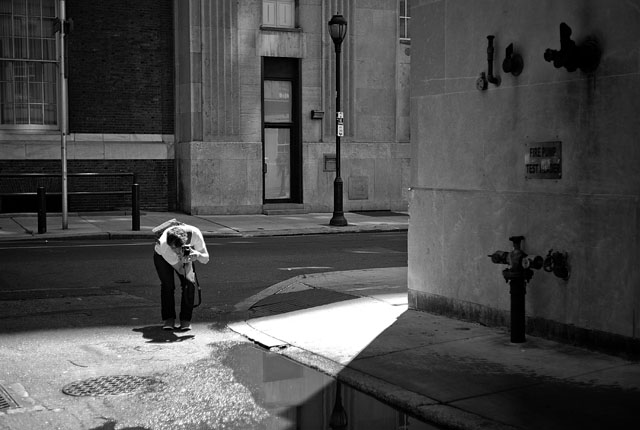
A photographer dealing with light and reflections in Philadelphia
No photographer has a hit rate of hundred percent. Some are known for lucky shots or things they had thrown away but then picket up from the garbage ban. A few images that sum up a whole career considered stellar.
I doesn't mean it is pure luck, but it perhaps mean that it's a lot of work to get the few great shots you are looking for.
I think what distinguish the interesting photographers from the less interesting is that they keep trying new things. At least that's what I tell my self when I see things that didn't work out as I planned. Or simply didn't work out at all.
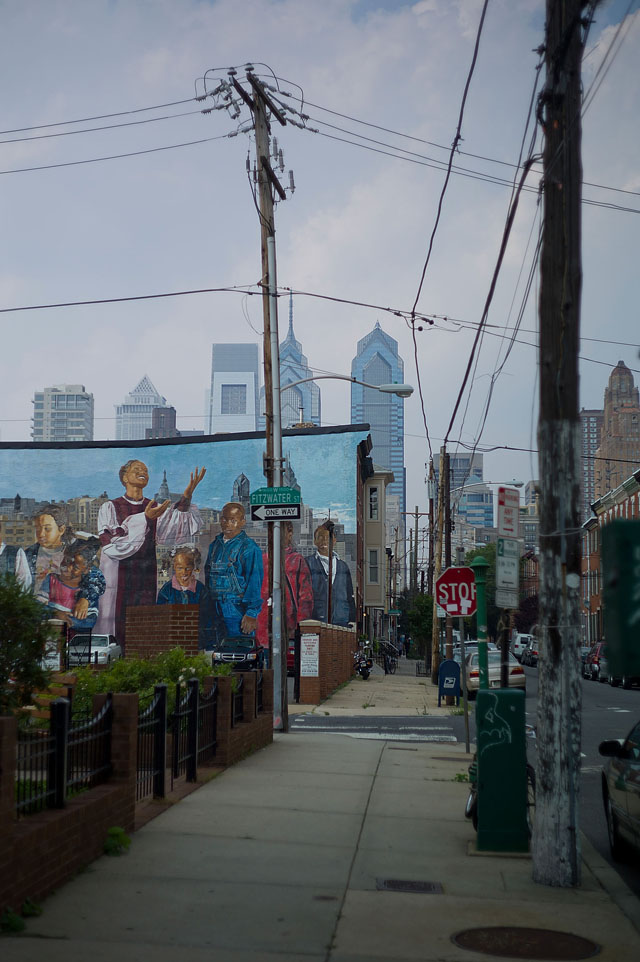
The streets of Philadelphia. Leica M9 and 50mm Summicron-M f/2.0, July 2011.
A professional could be said to be one who can produce a result of professional quality no matter what.
I know that I can do that, but what is really interesting is if I can surpass my own expectations. Can I walk uncharted territory and make something that is different and better than what others can? Can I make not a copy of somebody else’s style, but work in their area and make it my own?
That is the real challenge that will move things, and in doing so you must learn to stumble and raise your self-esteem up again.
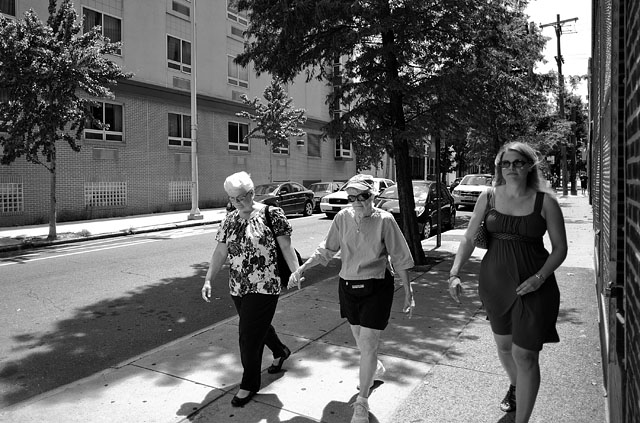
My eight-step survival guide
Those who have participated in one of my workshops know that you never delete anything. You look at camera previews as a guide to set exposure, but you never review and delete photos based on what you see on the cameras screen. How could you? (And as time is more costly than hard drive space, you never delete anything in Lightroom either.
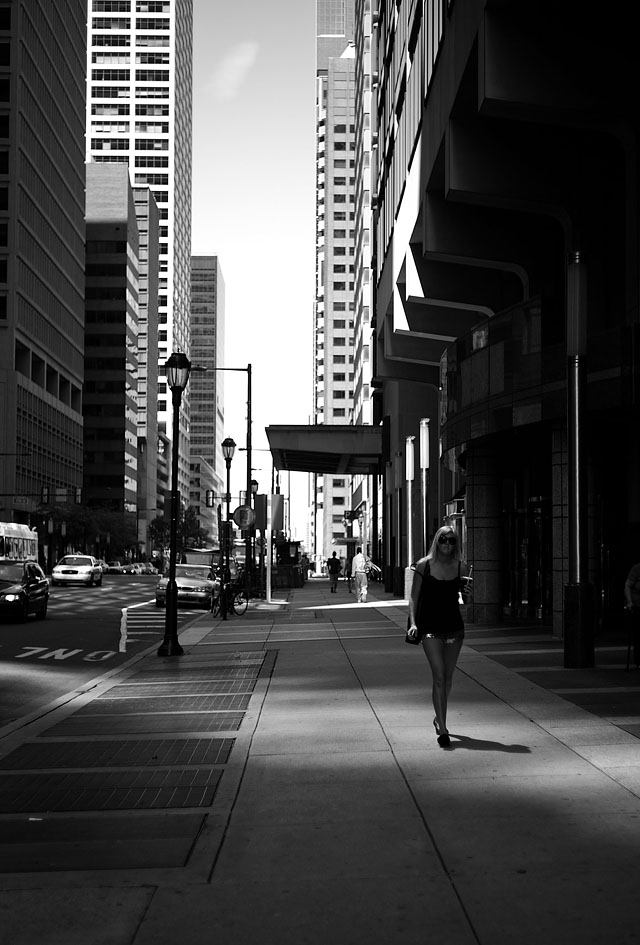
Morning light in Philadelphia.
When you have imported your images into Lightroom and it chewed on the files and created previews, you start your actual reviewing of what you did:
1. You may begin from the end of an event. That is usually where you are warmed up and did the best shots. So you harvest from the end of the day and work backwards.
2. And harvest is what you do: You look only for images that are good. Either it is an image you want to save, or it is not. The ones you like you mark with a color or a star (I press 3 as that marks it with 3 stars).
The ones you don't see potential in you disregard. But you don't delete them; you don't spend time on them. You only look for images you can use for something at some point.
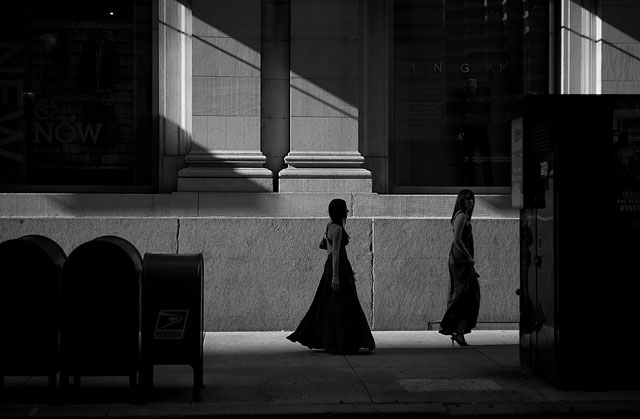
3. Hence you only have yes and no images. You don't rate images with 1, 2, 3, 4 or 5 stars. You either select it as an image or disregard it. You harvest images.
4. When you are done with this, you change the view of your LIghrroom from Capture Time to Rating so you can focus on the ones you have selected. The Yes-images.
5. When done with exporting these to hires JPF files, you will be able to see that you did two, five, ten or fourteen images that are in fact professional. You flickr through them and realize you are quite talented after all.
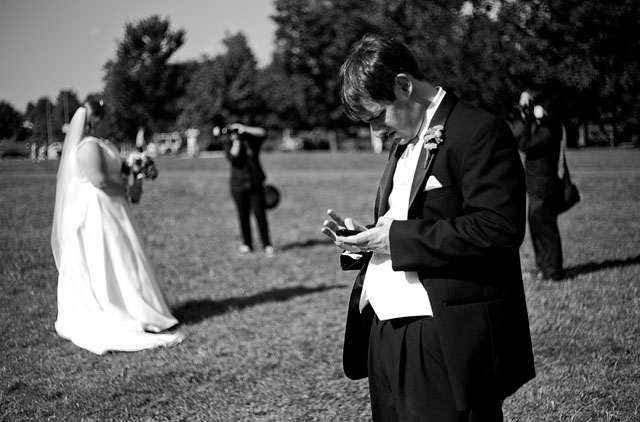
A newly wed man who takes his Facebook status updates serious. Or perhaps he is buying Apple stocks, I didn't ask and he didn't tell. Leica M9 with 50mm Summicron-M f/2.0
6. You never look back.
7. You got your images.
8. You may show your two, five, ten or fourteen images to people. And they will recognize that you have talent, because they have never met anyone who could make ten pictures that were all that perfect!
You may find my December 2011 tutorial video useful. You will find it on the Leica M9 page "Black & white photography with the Leica M9 - video tutorial"
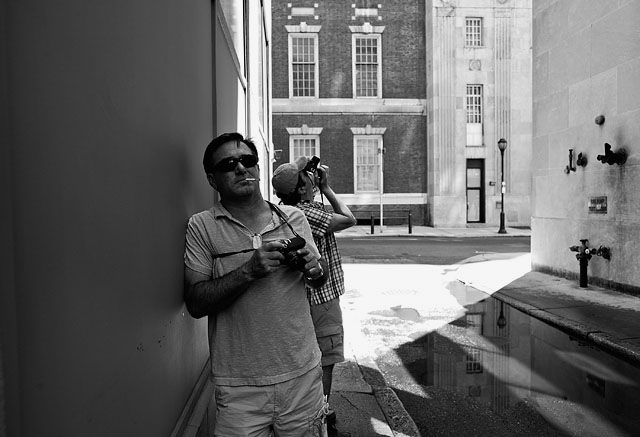
Friends Gonzalo Rodriguez and Kurt Bangert in shadowland
“Every artist was first an amateur"
Is a quote of Ralph Waldo Emerson who was an American lecturer and poet. His book "Self-Reliance" is amongst President Obamas favorite books, and a the Emerson String Quartet has taken their name after him.
![]()
